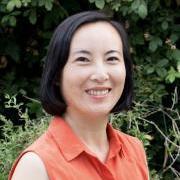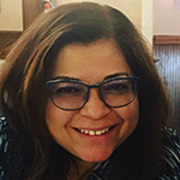Research Updates
Updated January 2025
Ongoing uptake of updated COVID-19 vaccines is important to minimize outbreaks and serious cases, particularly in underserved communities. We used a ‘design science’ approach to develop messages to promote COVID-19 vaccination in Latino residents of California’s Central Valley, a community with low vaccination rates and high vaccine hesitancy. Focus groups and surveys of Latino community members identified the important beliefs informing their vaccination intentions, particularly beliefs about vaccine safety and family and community benefits. These findings informed the development of a set of prototype messages tailored for the Latino community, which received high acceptability, appropriateness, feasibility and cultural appropriateness ratings.
Project Updates
- Symposium: The ‘C4’ project: A community-engaged and contextually tailored project to promote COVID-19 vaccination in Latinos in California’s Central Valley. This event was held on October 15, 2024, and was a hybrid event at UC Merced.
Proposed Research and Background
Populations worldwide have shifted away from emergency provisions to deal with COVID-19 infections to a period of effective ‘living with COVID-19’. Essential to effective COVID-19 infection management is ensuring ongoing uptake of ‘booster’ vaccinations and promoting vaccine coverage in areas where vaccination rates are low. To do so, health authorities must develop campaigns that use appealing messages to encourage people to get their first-series or booster vaccine, and reduce vaccine hesitancy, a key barrier to vaccination. This is particularly the case in underserved communities where vaccination rates are low and hesitancy is high, such as Latino communities in the California Central Valley. But, to date, messages promoting vaccination and reducing hesitancy have not been designed with the culture and norms of Californian Latinos in mind.
Accordingly, our project brings together a team of expert behavioral scientists to develop vaccination messages that are responsive to cultural aspects of this community (e.g., norms, language) for use in future health authority campaigns to maximize vaccine uptake and reduce hesitancy in this population. The project uses multiple research methods across six related studies that will examine the content current vaccination messages and use evidence from multiple sources including the views of community members, prior research, and behavioral theory to develop culturally responsive messages that are fit-for-purpose in increasing vaccination intentions and decreasing vaccine hesitancy in Californian Latinos. Our research eschews the typical ‘top-down’ approach and adopts one based in community engagement so that resulting messages will be appropriate and tailored to key users.
The final product of our research will be culturally appropriate and community-engaged messages that can be readily adopted by health authorities to promote COVID-19 vaccine or booster intentions and reduce vaccine hesitancy in this population.
Collaborators
- Griffith University









